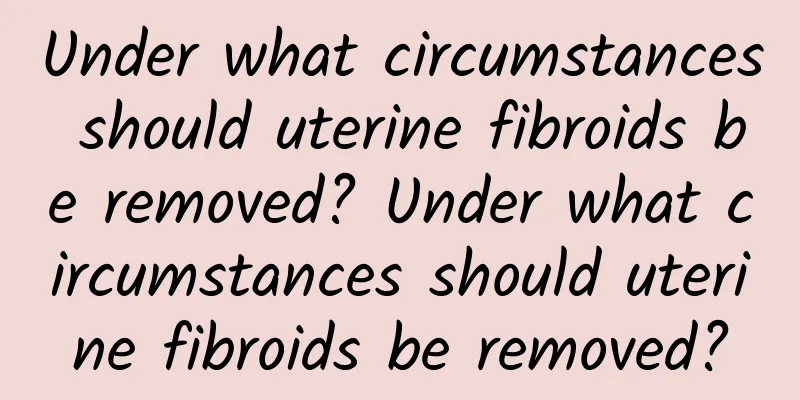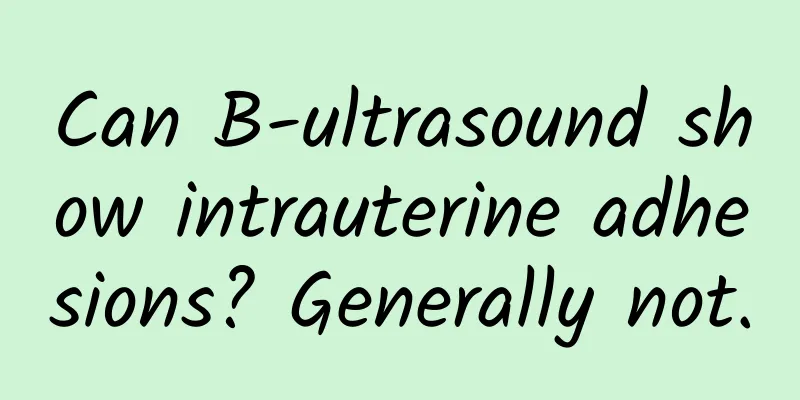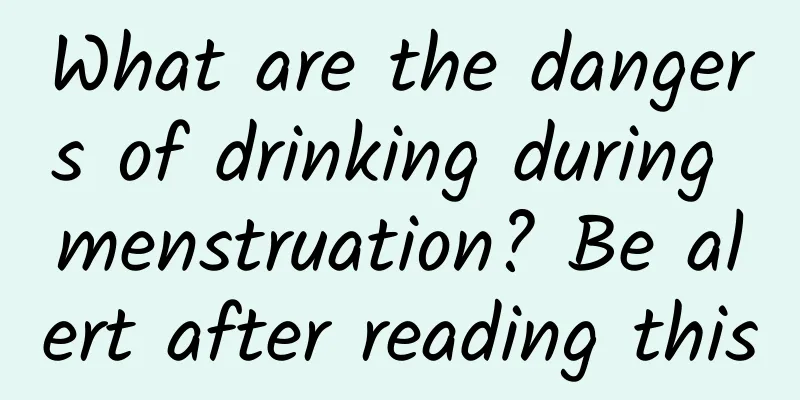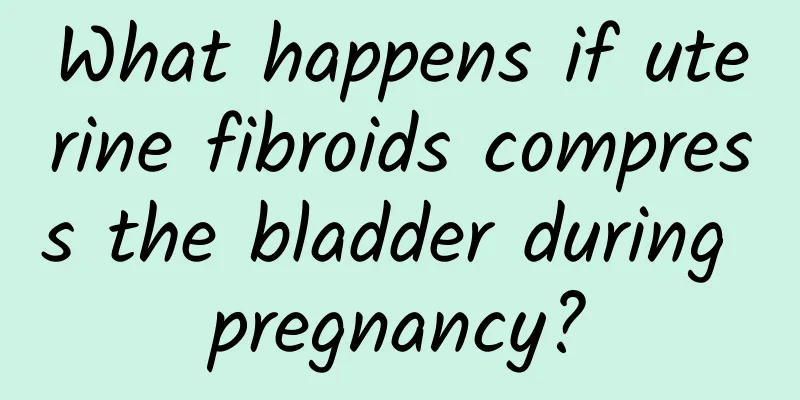Under what circumstances should uterine fibroids be removed? Under what circumstances should uterine fibroids be removed?

|
Under what circumstances should uterine fibroids be removed? Under what circumstances should uterine fibroids be removed? Uterine fibroids are a common benign tumor in gynecology, mostly occurring in women of childbearing age. Most uterine fibroids are asymptomatic and do not require treatment. However, in some cases, it is necessary to remove the uterine fibroids or even perform a hysterectomy. This article will explain when uterine fibroids need to be removed and when uterine fibroids require a hysterectomy. 1. Uterine fibroids cause abnormal bleeding Abnormal bleeding is one of the common symptoms of uterine fibroids. If uterine fibroids cause excessive menstruation, prolonged menstruation, or even intermittent bleeding, it can lead to anemia and physical weakness. At this time, removing the uterine fibroids can effectively alleviate the problem of abnormal bleeding and improve the patient's quality of life. 2. Uterine fibroids cause pain Uterine fibroids can cause varying degrees of pain, including dysmenorrhea, pelvic pain, and pain during intercourse. If the pain affects your quality of life and cannot be relieved by medication, removing the fibroids can be an effective option. Surgery can reduce or completely eliminate pain symptoms, allowing you to resume your normal life. 3. Uterine fibroids cause infertility Uterine fibroids have a certain influence on the shape and function of the uterus. Uterine fibroids can affect the implantation of the fertilized egg and the development of the embryo, thus leading to infertility. Uterine fibroids are found in some infertile women. If the primary cause of infertility is uterine fibroids, then removing the uterine fibroids can increase the chances of pregnancy. 4. Uterine fibroids grow rapidly Most uterine fibroids grow slowly, but some can grow rapidly, even exceeding 10 centimeters. Rapidly growing uterine fibroids may compress surrounding organs, causing bladder compression symptoms such as frequent urination, urgency, and even urinary retention. At this time, it is necessary to consider removing the uterine fibroid to relieve compression and related symptoms. 5. Uterine fibroids combined with other diseases Sometimes uterine fibroids are combined with other gynecological diseases, such as endometriosis or ovarian tumors. In this case, if the uterine fibroids worsen other diseases or increase the difficulty of treatment, hysterectomy may be a better choice. Summary: Uterine fibroids are asymptomatic in most cases and do not require treatment. However, when uterine fibroids cause abnormal bleeding, pain, infertility, rapid growth, or are combined with other diseases, removal of the uterine fibroids or even hysterectomy may be considered. Removal of uterine fibroids can relieve symptoms, restore fertility, and improve the patient's quality of life. It should be emphasized that patients should fully communicate and discuss with their doctors about whether to undergo surgery and make decisions that suit their personal circumstances. |
Recommend
What are the causes of menopause?
Menopause is a common gynecological disease that ...
Explain important dietary taboos after abortion
Abortion is very harmful to women. If you don'...
Naked food is really leavening! Get complete nutrition, aid digestion and anti-aging
We are used to eating high-temperature cooking, f...
Being a vegetarian means eating vegetables? Eat vegetarian food without getting fat, stay away from two major landmines
There are many benefits to being a vegetarian. Ma...
What to do if you are pregnant with adnexitis
What to do if you are pregnant with adnexitis? Ad...
What are the dietary taboos after abortion? Don't eat these foods right after abortion
Abortion is extremely harmful to the body. Theref...
What are the early symptoms of uterine fibroids?
What are the early symptoms of uterine fibroids? ...
Don't worry! Women have no hope of losing weight after 50
"Losing weight is a lifelong thing!" Th...
What are the symptoms of uterine fibroids
Nowadays, uterine fibroids are very common in cli...
How many types of ovulation-inducing drugs are there for the treatment of anovulatory dysfunctional uterine bleeding?
Ovulation-promoting drugs are suitable for patien...
Can hyperprolactinemia heal on its own?
Can hyperprolactinemia heal itself? In fact, it n...
What is irregular menstruation? 10 common treatments for irregular menstruation
How to treat irregular menstruation is a common g...
What to do if the endometrium is thick at the age of 50
Treatments for endometrial thickening include med...
Key points for diagnosis of hyperprolactinemia
Breast examination is extremely important for pat...
What are the symptoms of various types of adnexitis?
Adnexitis is something that female friends are no...









